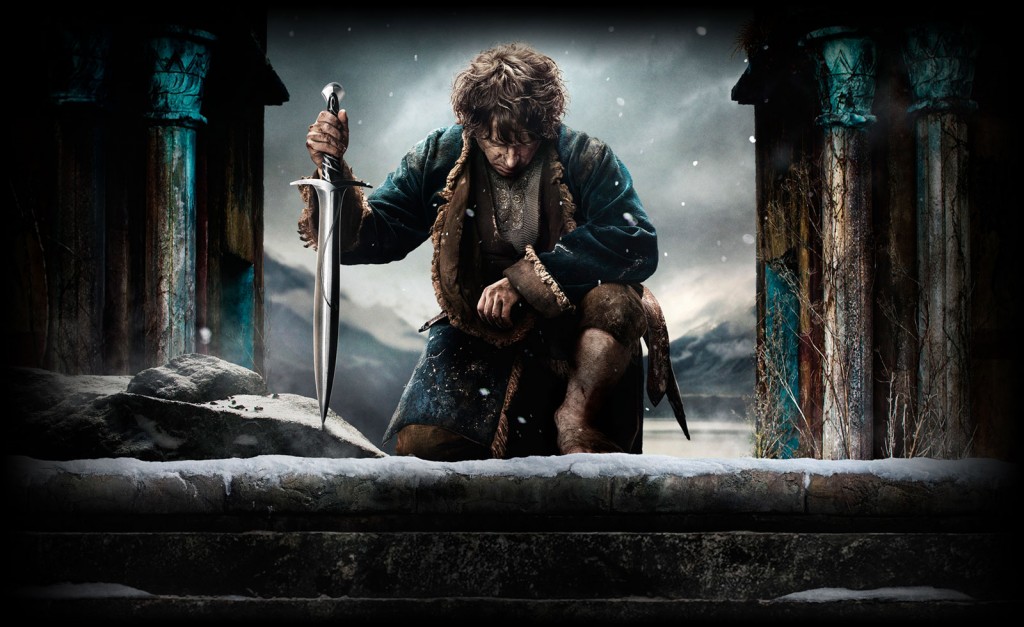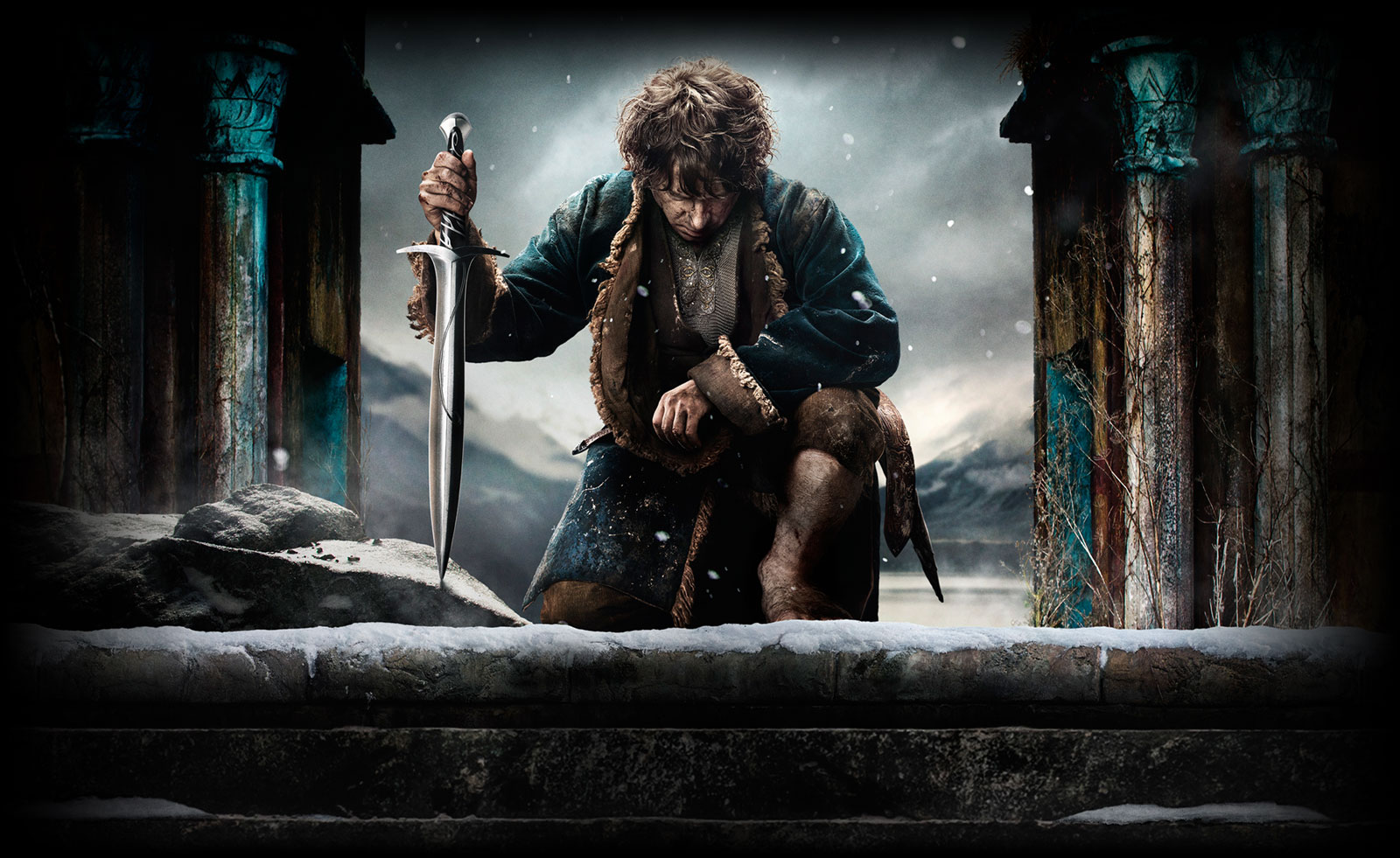By Jeremy Hannaford (Contributor) – Email
Print Edition: January 7, 2015

The Hobbit trilogy has concluded and it has left a oddly familiar taste in the mouth. Almost as though as we have seen something like this before. It’s because we have. In essence, Peter Jackson’s trilogy is the Middle Earth equivalent of the Star Wars prequels.
The Hobbit trilogy is certainly not as flawed as the Star Wars prequels but they follow the same pattern. The first film is the overly drawn out disappointment, the slow sequel acting as the build-up to the finale, and the third the most empty yet most entertaining of the three. The similarities between these two trilogies is staggering when given further thought.
The Battle of the Five Armies may be the climactic end to the trilogy but does little to hide how shallow it truly is. Considering how few chapters remain in the book and how much extra content was added in the previous films, the amount of actual story content in this final film is almost on par with a Michael Bay flick.
But the overall quality is better. Somewhat.
The film is primarily composed of three pieces. The confrontation with Smaug, the struggle with Thorin’s sickness of the mind, and the Battle of the Five Armies. But oddly enough, the film with the least amount of character development still produces one of the most layered characters in the LOTR franchise.
Despite the complaints he has received when the film’s began, Richard Armitage delivers a truly layered performance as Thorin Oakenshield. The sickness of the gold twists his mind and we see how his greed affects his standing with the group and Biblo Baggins. It is a shame however that his is the only major piece of character development in the film.
Other characters get far too little screen time or far too much. The Master’s snivelling right-hand man Alfrid (Ryan Cage) gets more screen time than most of the main characters do and it serves no purpose other than to remind the audience he is a selfish swine. His character’s usefulness, annoying presence, and excessive amount of screen time (despite not having been a character in the book) is on par with that of Jar Jar Binks.
At least Jar Jar Binks provided some variety. Alfrid is the same joke, rinse and repeat. This is perhaps the only issue of extension that is painfully obvious in the film. The battle sequences provide some amazing visuals and are probably some of the best in the Middle Earth saga. But much like how George Lucas was with Episode III, director Peter Jackson goes completely overboard with the use of CGI. It certainly provides some intense sequences, especially during the final confrontation with Gandalf and the Necromancer. Also, Smaug’s destruction of Lake Town is terrifying and beautiful to watch. But as a result, whatever magic the series had left is sucked out of the film by the end.
One issue this trilogy ender doesn’t share with The Return of the King is a dragged-out ending. In fact, it is the shortest film in the whole Middle Earth saga and it actually suffers from its length. The editing is rather weak as the battle’s narrative becomes jumbled and there are several times where one gets the feeling something is missing. While the extended versions of the Lord of the Rings films may have been unnecessary, this film feels as though it would benefit from the extra scenes.
The movie serves its purpose to end the trilogy. It closes the story and even adds in some tie-ins to the LOTR trilogy, even if they come off as extremely phoned in. But it serves to entertain and in fact, it is the most constant film of the trilogy. Much like Star Wars Episode III, it provides some of the most entertaining moments in the trilogy. But unlike Episode III, The Battle of the Five Armies purpose is overshadowed by an obvious want for money.
It’s sad to say that Episode III, despite its atrocious acting and pathetic dialogue, will stand as a strong testament to the Star Wars saga than The Battle of the Five Armies ever will for the Middle Earth saga.


